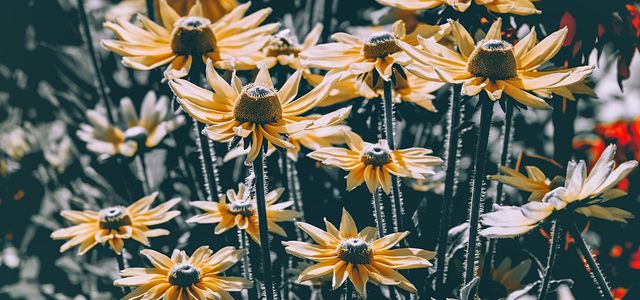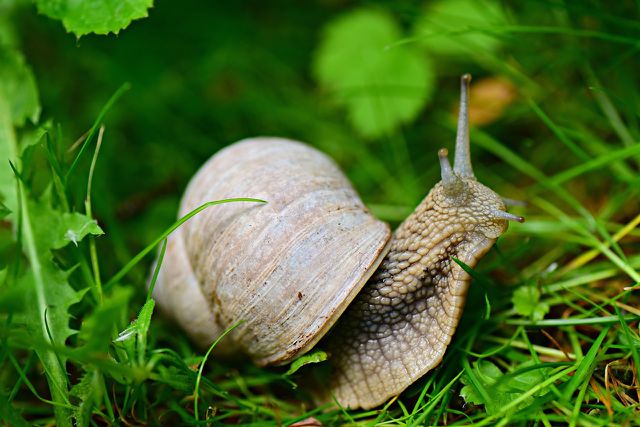
The Echinacea presents its yellow inflorescences in late summer and once again brings some color into the garden. Here you will learn how to properly grow and care for this perennial plant.
Echinacea gets its name from the shape of its yellow flowers, which resemble a wide-brimmed hat. As a composite plant, it somewhat resembles the sunflower and daisy.
Originally, the coneflower comes from North America. Adaptable as it is, the bee-friendly plant grows there in both dry prairies and green meadows. Of the more than 16 varieties of coneflower, most are perennial flowering plants. Depending on the species, coneflower blooms between July and October.
Contents
Planting Echinacea : how to do it right

You can plant the coneflower either as a perennial or as a seed. Depending on which variant you choose, there are slight differences in cultivation. Basically, you should follow these tips:
Sowing seeds: If you do not have much experience in gardening, you should sow the yellow and red coneflower. The seeds are best bought in organic quality in garden stores. It is best to sow the coneflower in April or May. Cover the seeds with a little soil so that the plants can germinate in the dark. The germination period is about three weeks. During this time, keep the soil well moist.
Plant perennials: Echinacea is a hardy perennial. It is best to plant the young plants between the end of September and the end of November.
The right location: The coneflower prefers a sunny to semi-shady location. The sunnier the location, the more lush the flowers of the plant. It is best to combine coneflowers with other perennials such as monkshood or delphiniums.
The right soil: A nutrient-rich and well-drained soil is important for the coneflower to thrive. The best thing to do is to lift some humus under the soil.
Care for the coneflower properly

Normally, coneflower is a very hardy and low-maintenance plant. However, to make sure it does especially well in your garden, you should follow these tips:
- Watering: Especially during the flowering period, you should water the coneflower regularly with rainwater from the barrel. Avoid, however, that it comes to waterlogging. You can prevent this by putting some gravel under the soil. The coneflower copes well with longer periods of heat. It will just sprout fewer flowers.
- Fertilize: The coneflower needs a lot of nutrients to form its magnificent inflorescences. Therefore, you should fertilize it at least once in spring and once in autumn. It is best to use organic fertilizer such as compost.
- Pruning: Normally you do not have to cut back the coneflower. You can, however, remove the withered inflorescences after the flowering period.
Echinacea pests

Pests rarely have a chance with coneflower, because it is very hardy. In the spring, however, slugs may attack the leaves of the plant. From time to time, the coneflower is also affected by powdery mildew. Which simple home remedies help to fight mildew, you can read in our article on the subject.

